Stepping Up Your Game: Mastering Progressive Overload for Lasting Fitness Gains
Achieving consistent progress in your fitness journey requires more than just showing up at the gym. It demands a strategic approach that challenges your body to adapt and grow stronger over time. Enter progressive overload—a fundamental principle that can elevate your workouts, enhance muscle growth, and lead to impressive gains. In this article, we’ll explore what progressive overload is and how you can harness its power for optimal results.
1. Defining Progressive Overload
Progressive overload involves gradually increasing the demands placed on your muscles to trigger continuous adaptation. This can be achieved by increasing resistance, intensity, or volume in your workouts.
2. How Progressive Overload Works
Muscle Adaptation: When you subject your muscles to greater stress than they’re accustomed to, they respond by getting stronger and more efficient.
Neural Adaptation: Over time, your nervous system becomes better at recruiting muscle fibers, resulting in improved strength and coordination.
3. Key Components of Progressive Overload
Increasing Resistance: Gradually add more weight to your exercises as your muscles adapt. This can involve using heavier dumbbells, barbells and weight plates, or resistance bands.
Raising Intensity: Adjust factors like rest periods, tempo, and overall workout intensity to challenge your muscles in new ways.
Expanding Volume: Increase the number of sets and repetitions you perform, or add extra exercises to your routine to stimulate muscle growth.
4. Applying Progressive Overload
- Set Clear Goals: Define what you want to achieve and set specific, measurable, achievable, relevant, and time-bound (SMART) goals.
- Keep a Workout Log: Tracking your progress helps you identify when and how to increase the demands on your muscles.
- Structured Progression: Plan your workouts in phases, gradually increasing intensity or resistance over a set period.
- Frequency and Rest: Balance workout frequency with adequate rest to allow for proper recovery.
5. Avoiding Plateaus
As your body adapts, progress might slow down. To combat plateaus, tweak your routines and progressively challenge your muscles differently.
In conclusion, progressive overload is the cornerstone of effective strength and muscle building. By consistently challenging your body, you’ll encourage continuous growth and avoid stagnation. Embrace the concept, set your goals, and remember that small, steady increments in resistance, intensity, or volume can lead to remarkable and lasting fitness gains. As you implement progressive overload into your routine, you’ll be on the path to a stronger, fitter, and more resilient athlete.




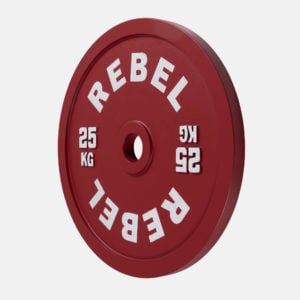






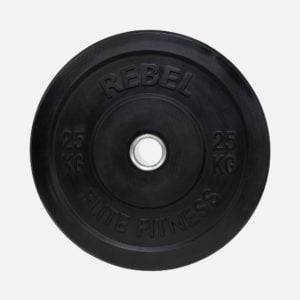

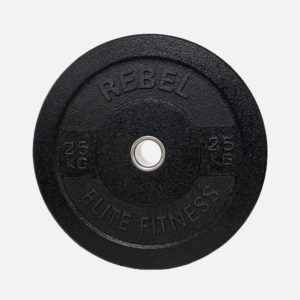
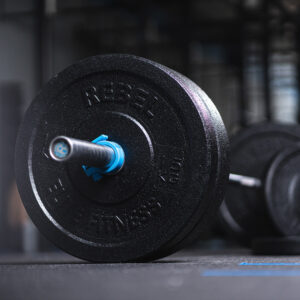

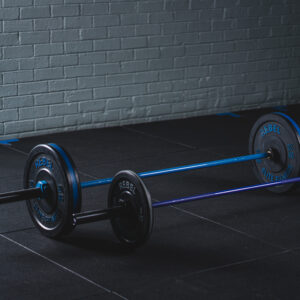
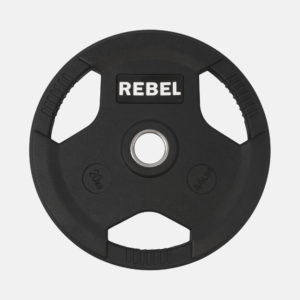
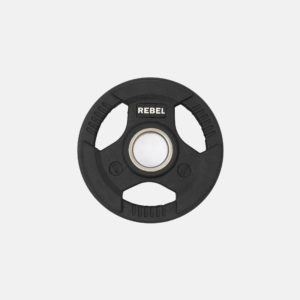

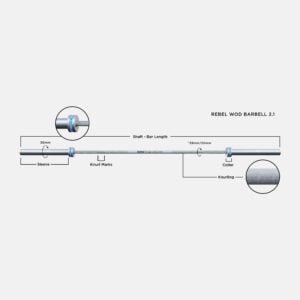
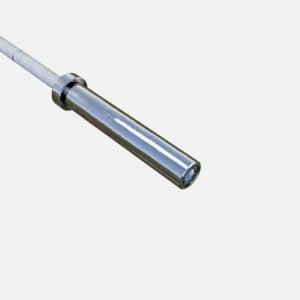

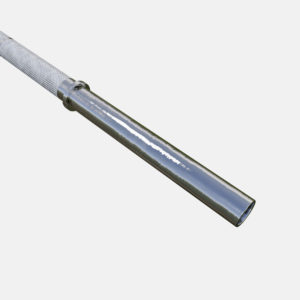
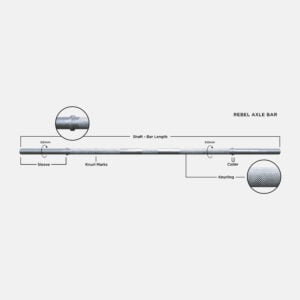
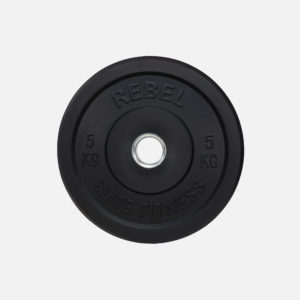

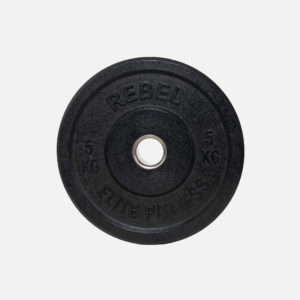
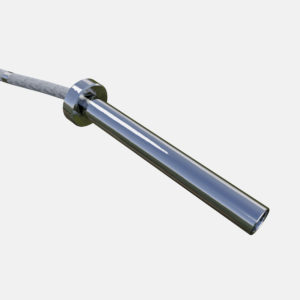
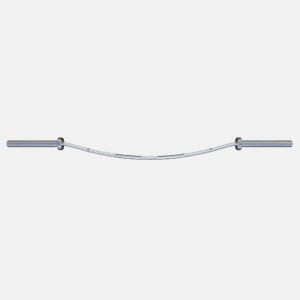


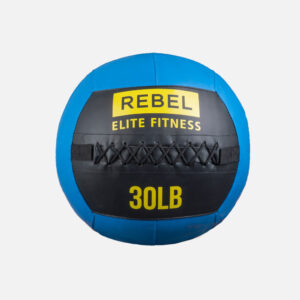

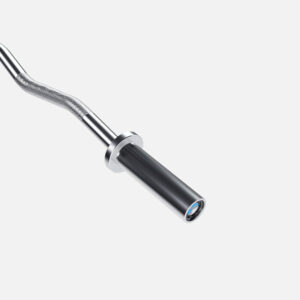
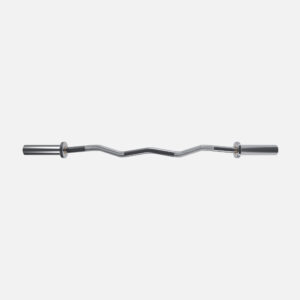
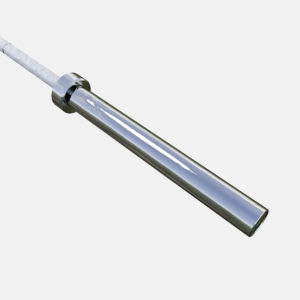
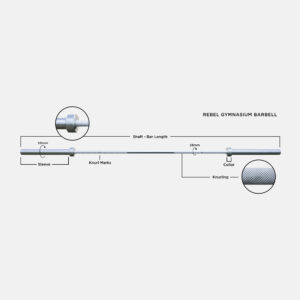
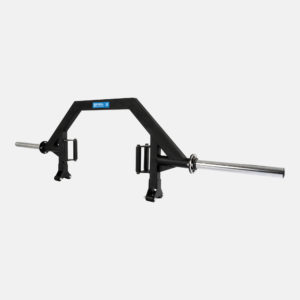
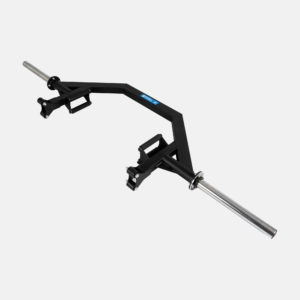





Leave a Reply